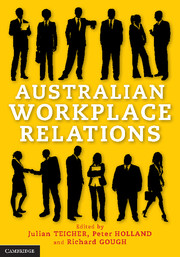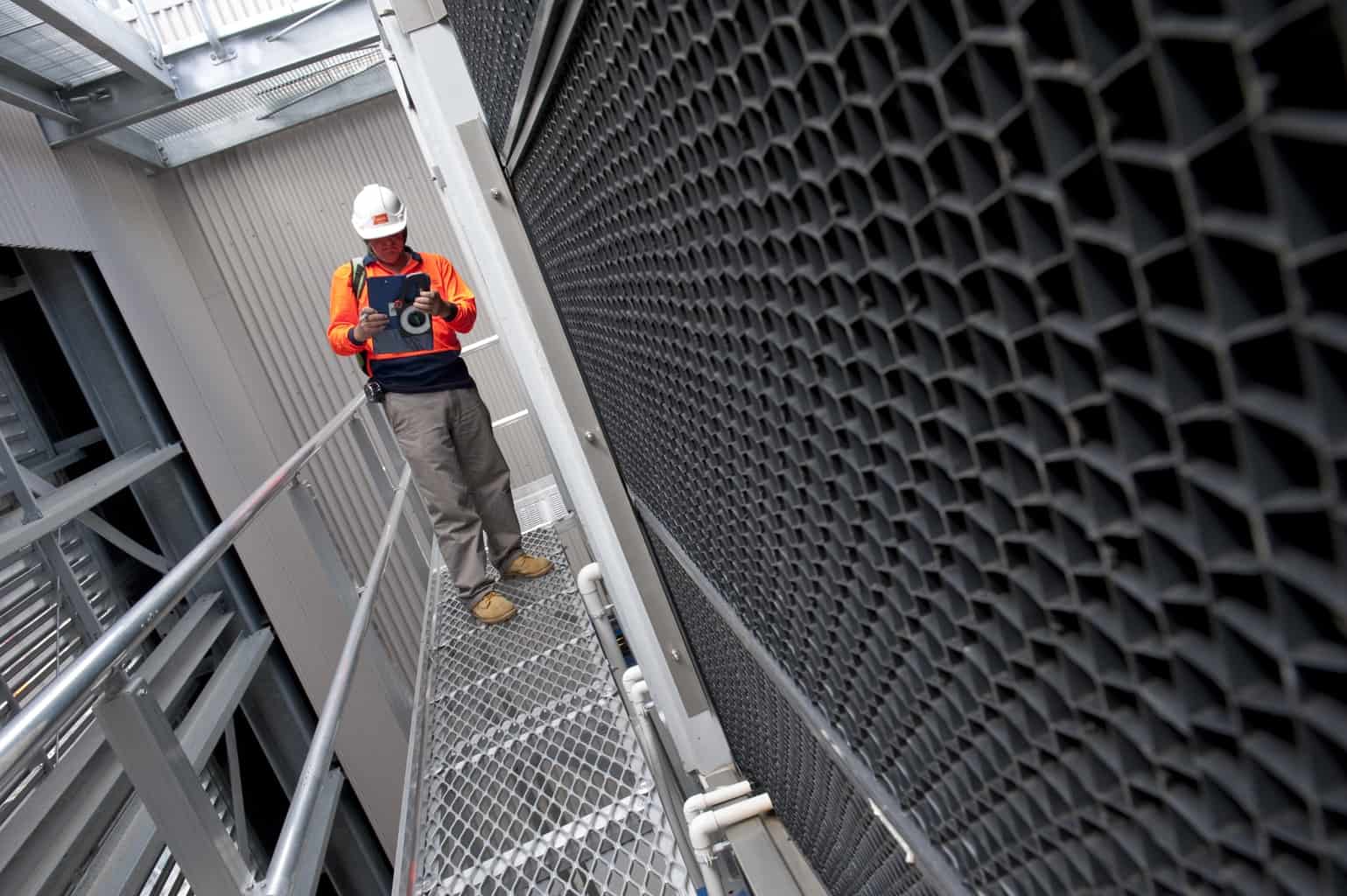Ever since the UK Government reduced the occupational health and safety (OHS) obligations on small business, there have been concerns that a similar strategy could occur in Australia. Of all the States in Australia, Victoria is the most likely to mirror the UK actions, particularly as its WorkSafe organisation continues with its restructuring and (ridiculous) rebranding, and Victoria’s conservative government continues to see OHS as a red tape issue for small business. However a recent finding by the Queensland Coroner should be considered very seriously when thinking of OHS in small business.
In 2011 Adam Douglas Forster
” … came close to the rotating ball mill, then accidently (sic) became ensnared by the protruding bolts and was dragged underneath the ball mill which continued to rotate, thereby causing his fatal injuries.”
The inquest found
“There were no guards, barriers or other apparatus restricting access by any persons to the ball mill.” and
Forster “did not know how to turn the ball mill on or off”. Continue reading “Coroner calls for fresh approach to OHS in small business”



 The revised
The revised